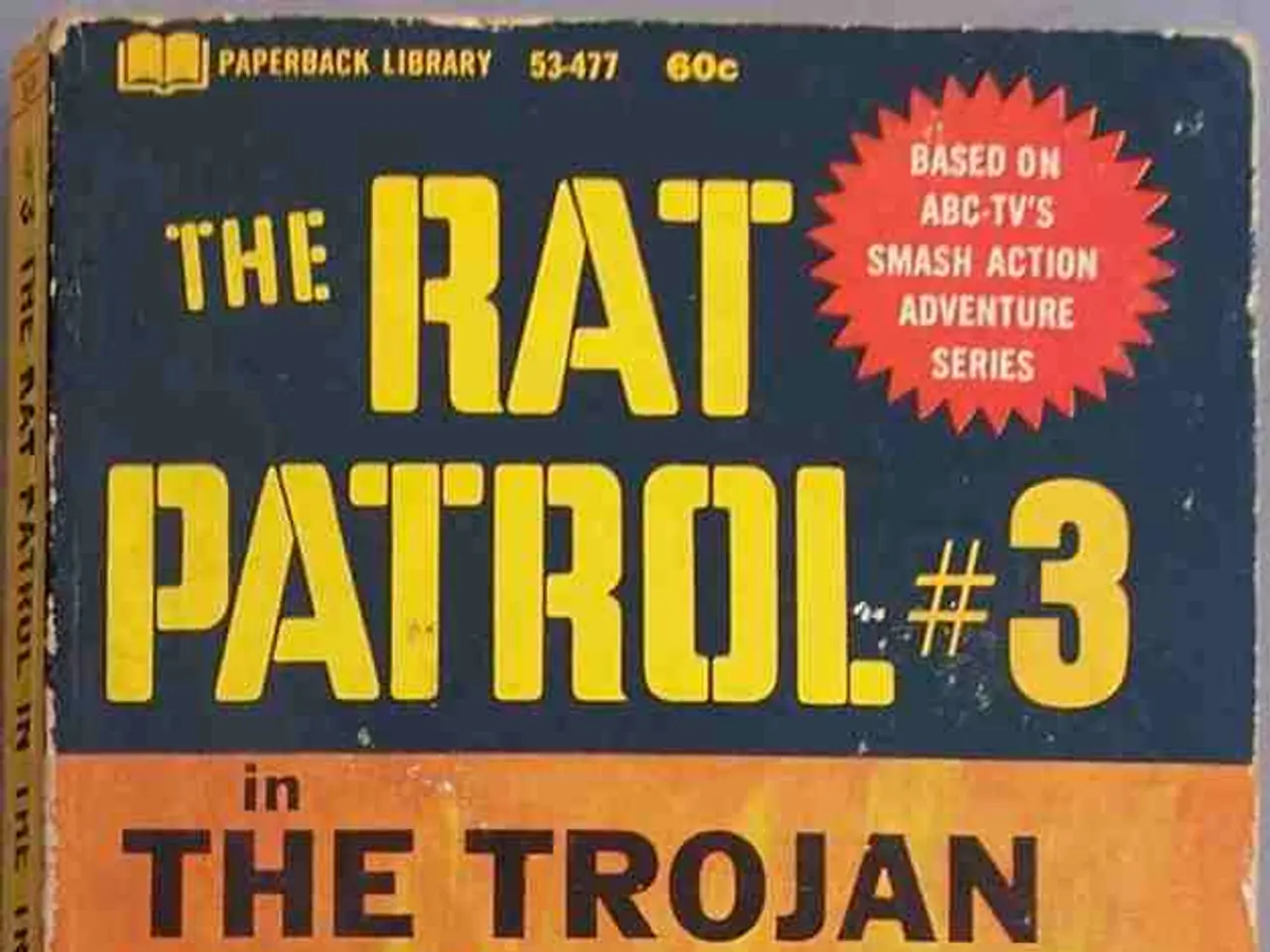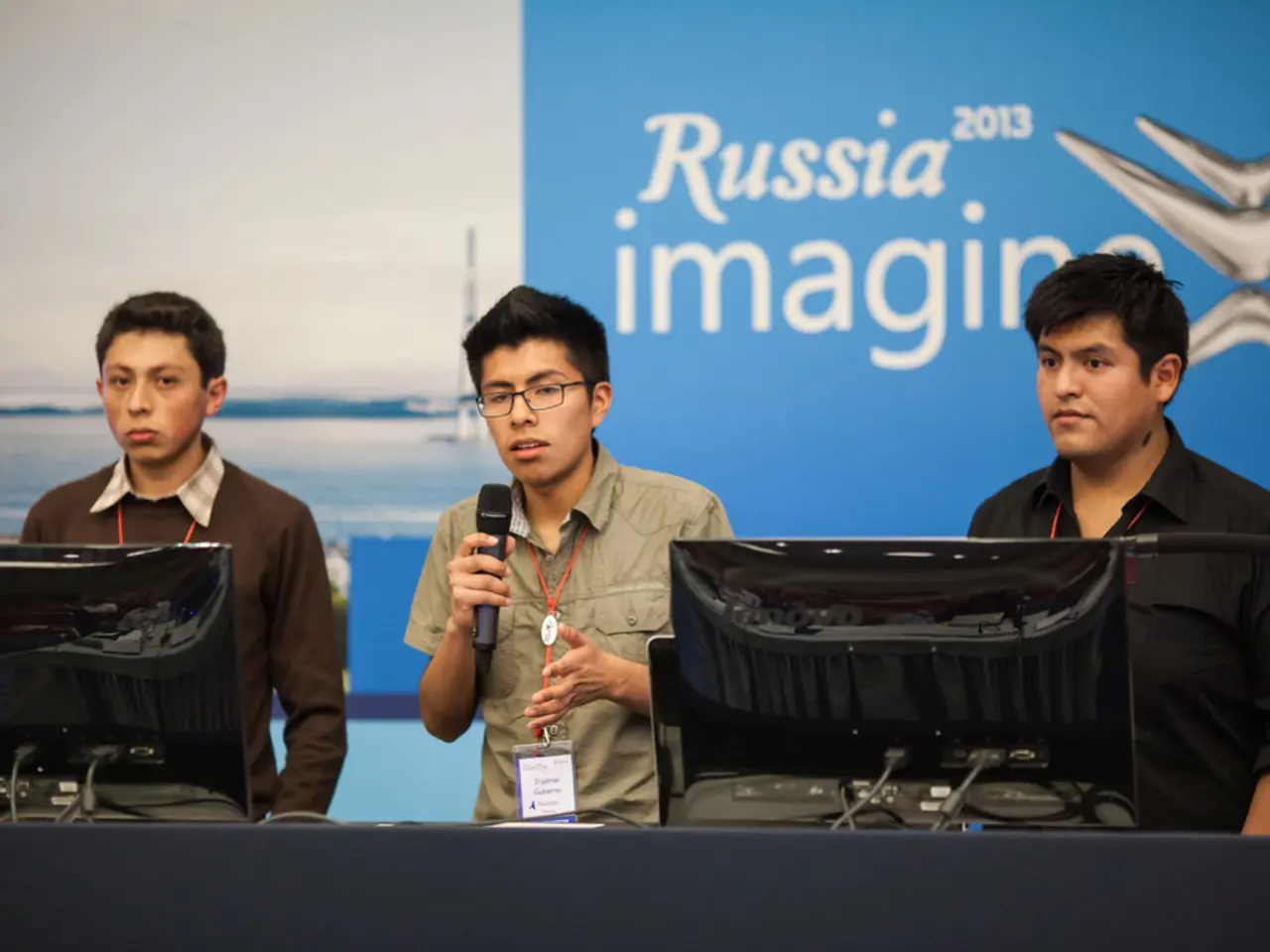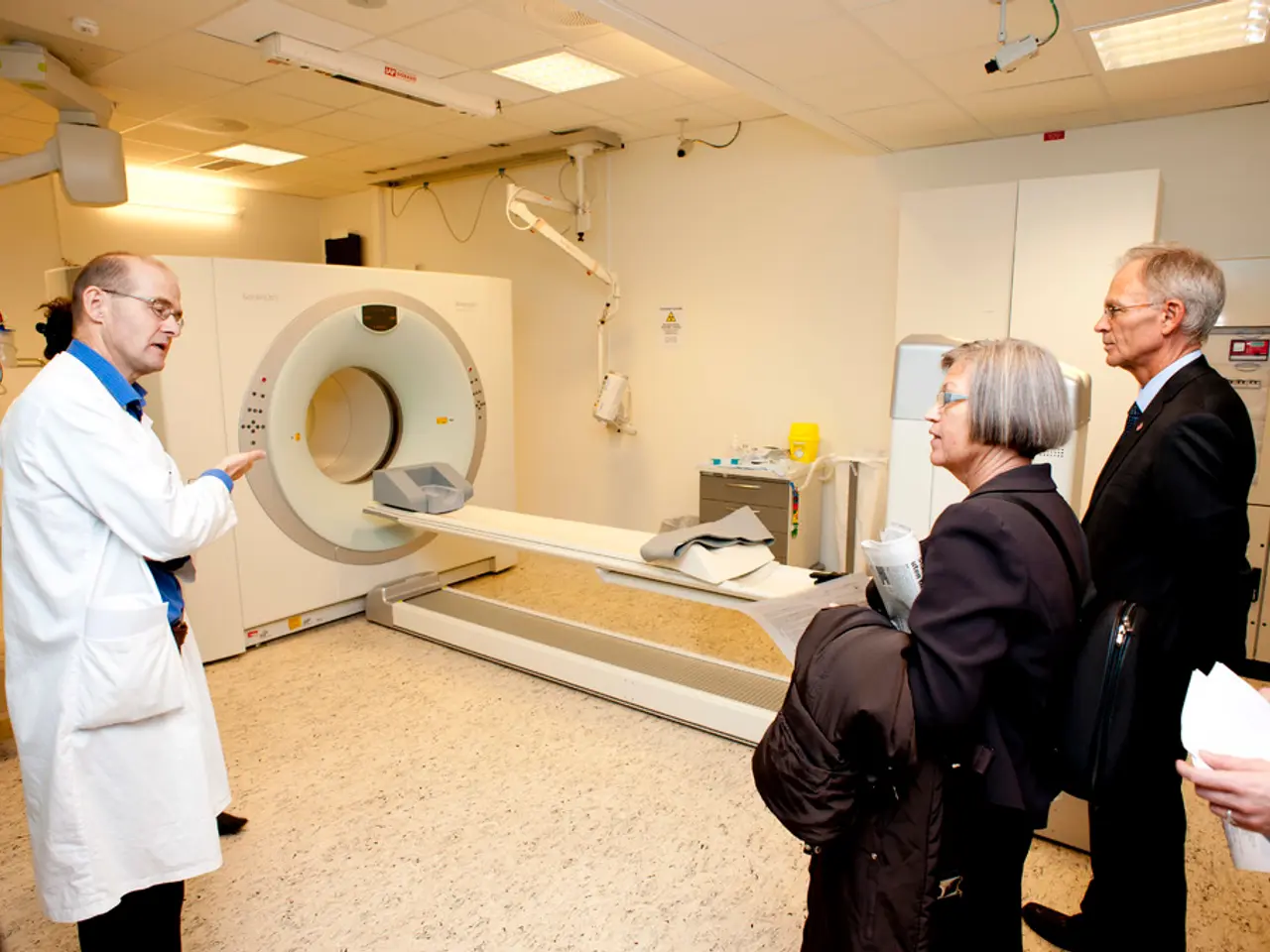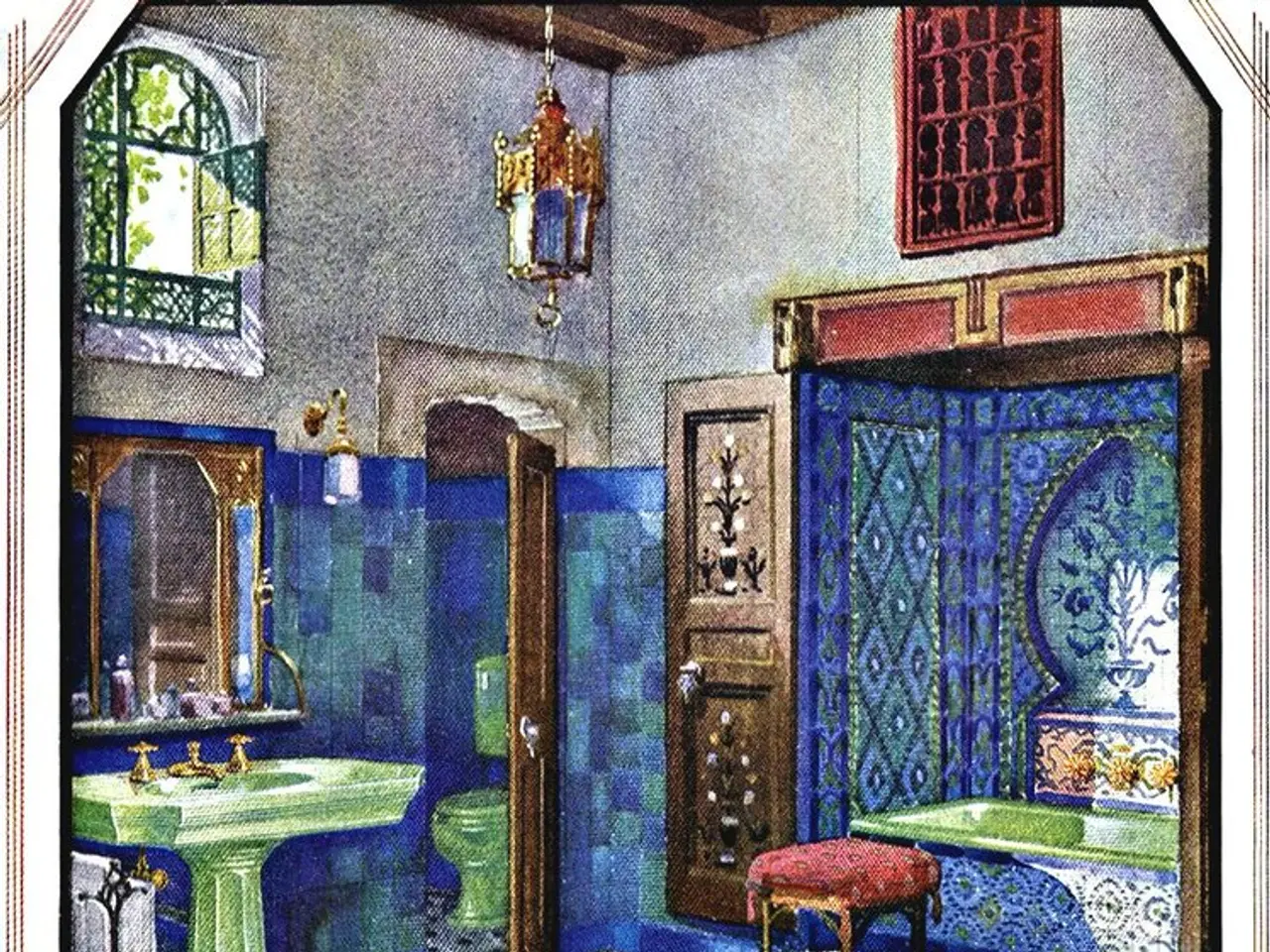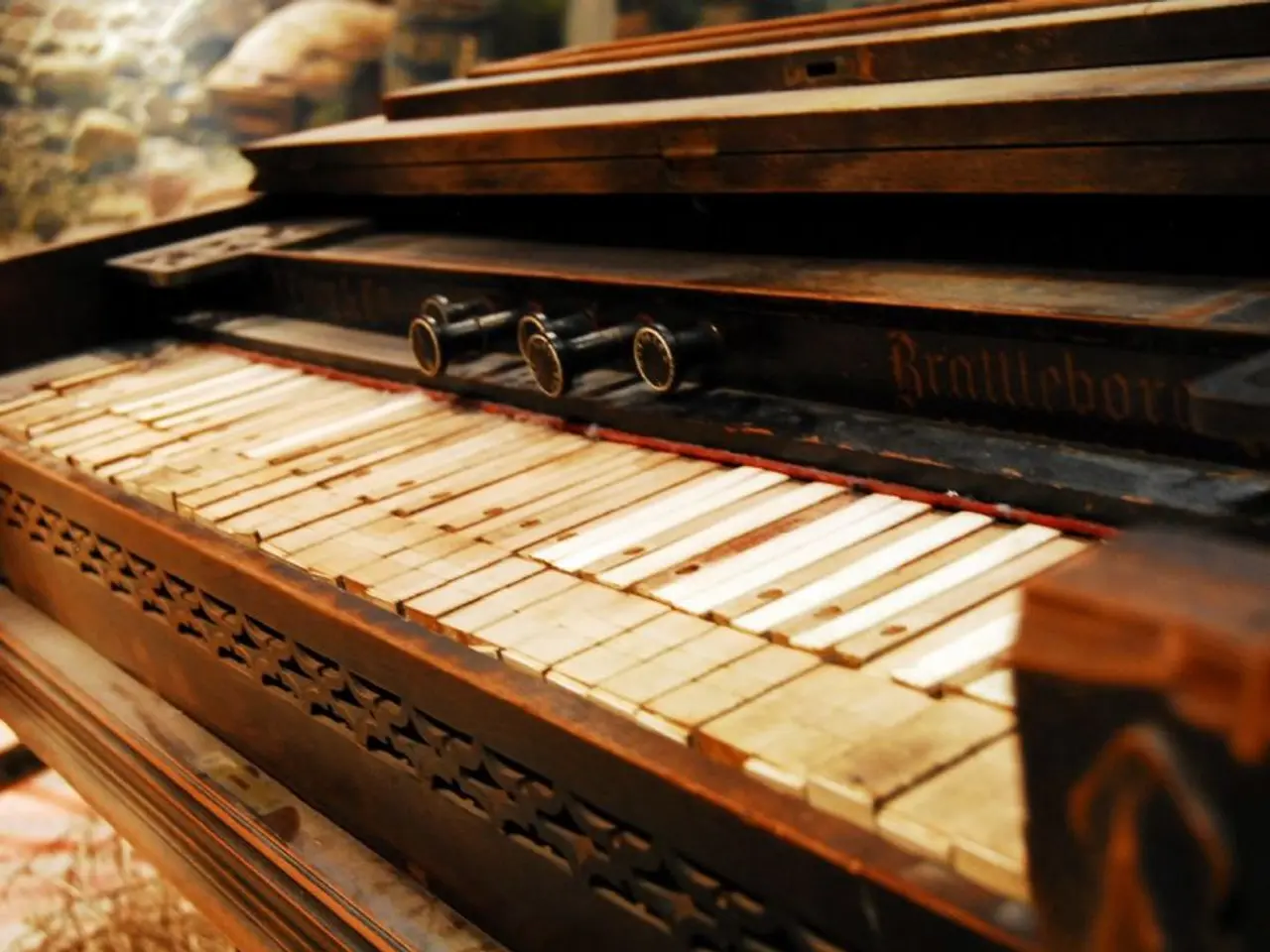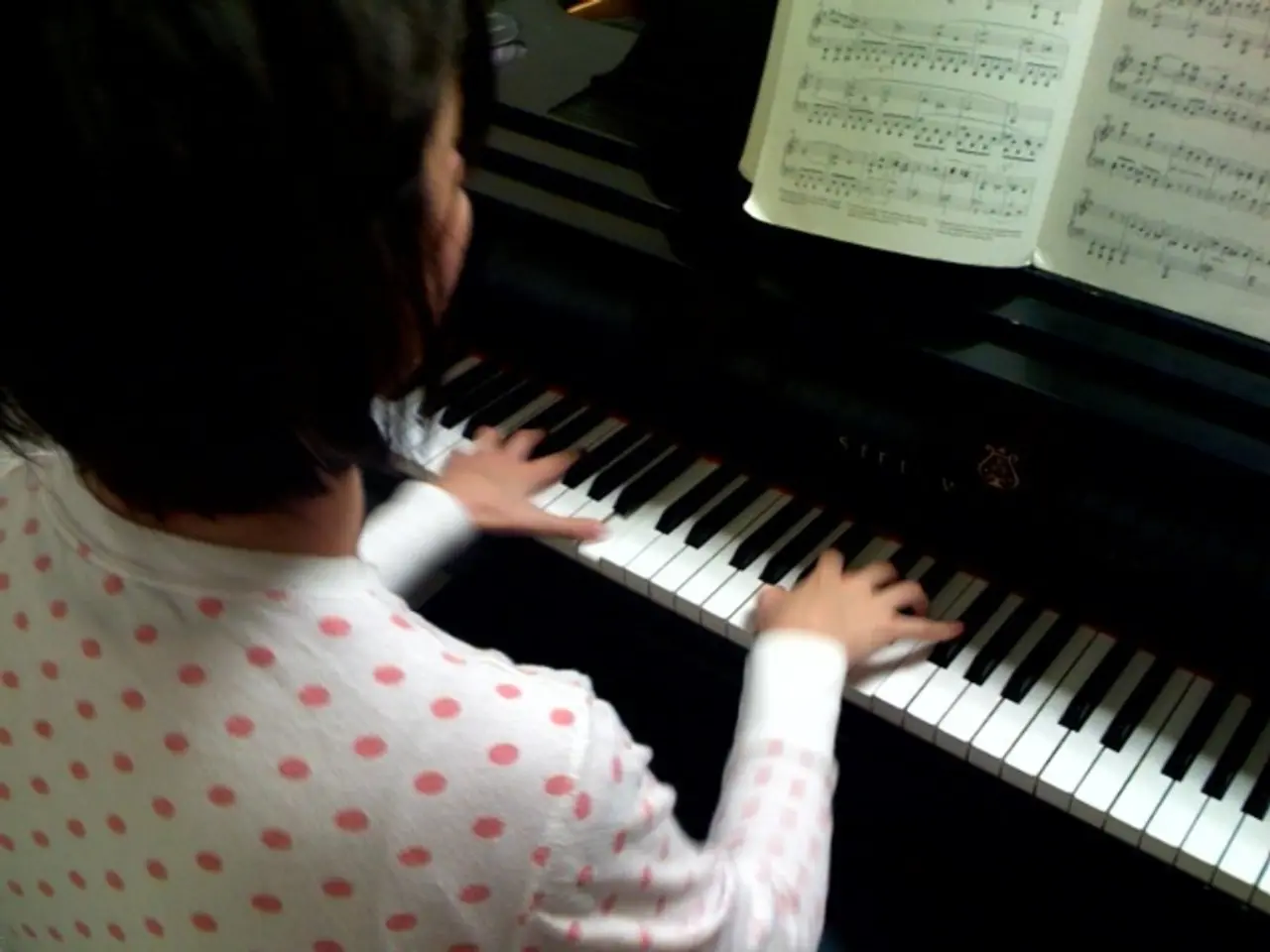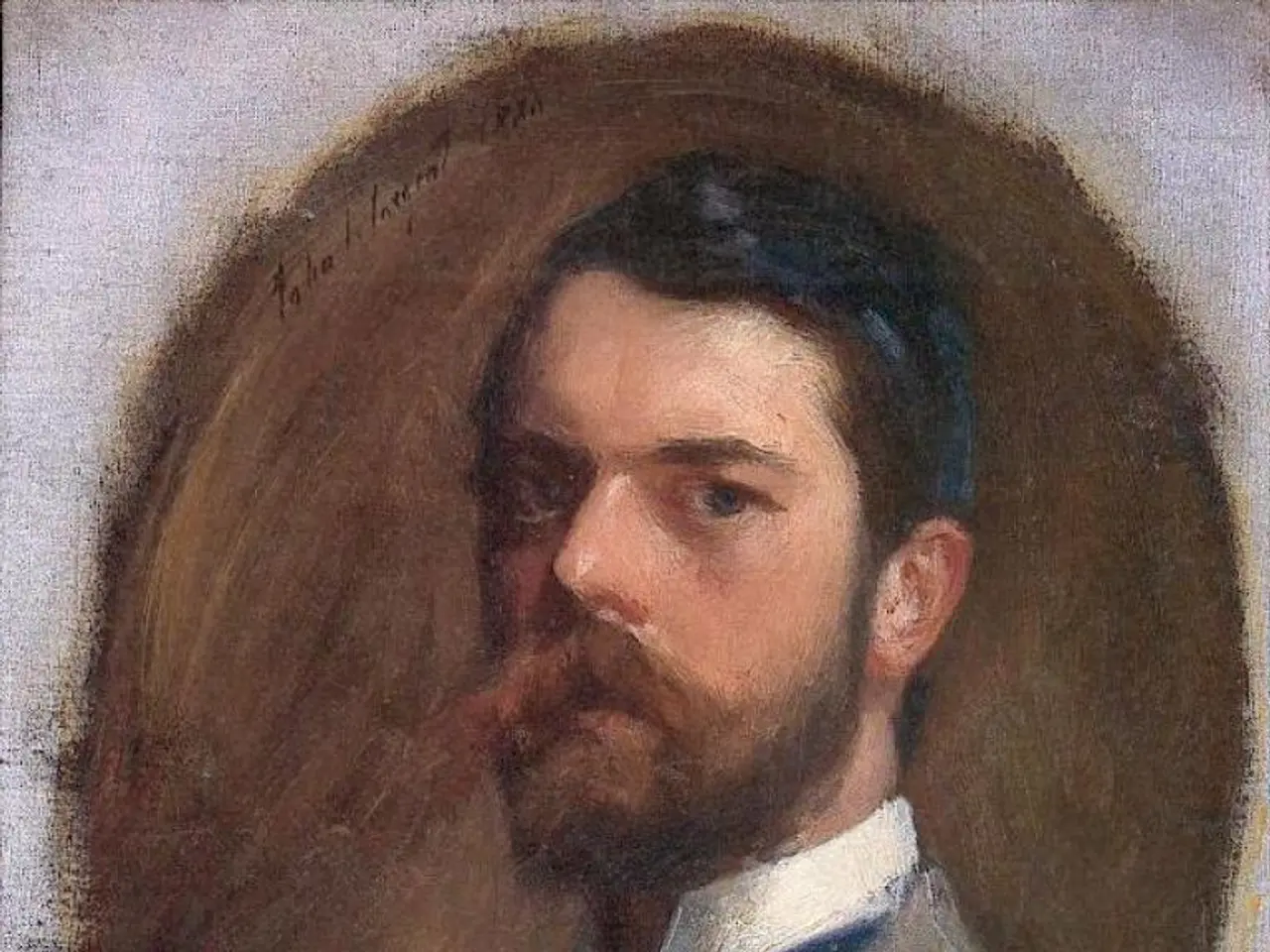Deadly clashes in Sweida leave Druze community to recount harrowing tales of bloodbath and carnage on the streets
In the heart of Syria, the town of Sweida has been engulfed in a wave of sectarian violence, leaving a trail of destruction and mourning in its wake. The clashes, which began as armed confrontations between Druze fighters and tribal fighters supported by the government, have escalated into widespread violence, affecting the civilian population severely.
The root of the conflict lies in deep-seated sectarian tensions within Syria, exacerbated by years of conflict and instability. The Syrian army's withdrawal from Sweida under Israeli bombardment and diplomatic pressure created a power vacuum, allowing armed tribes backed by the Islamist-led government to clash with Druze fighters.
The violence has been brutal and indiscriminate. Videos from the hospital show bloodstained corridors and rooms filled with bodies. Over 400 bodies have been reported to the Sweida National Hospital, a chilling testament to the scale of the violence. The situation has raised concerns about the authority of the interim Syrian government and its handling of sectarian conflicts.
The United Nations has called for an independent investigation into the violence, highlighting the need for international intervention to prevent further escalation. The Syrian Network for Human Rights reports over 500 people have been killed in Sweida, with extrajudicial killings, mutual shelling, and air strikes by Israeli forces.
Six Druze civilians from Sweida described four days of intense fear due to fighting, heavy shelling, and lack of water and electricity. The family of victims, who owned a small poultry business and had no connection to the armed groups involved, was devastated when they saw their loved ones lying lifeless in a video online.
The man in the video, referring to Druze cleric Sheikh Hikmat Al Hijri, stated, "This is what happens to anyone who turns against the state." However, the situation is far more complex, with civilians, medical workers, and members of the security forces all falling victim to the violence.
Two doctors were among the casualties, one killed while trying to reach the hospital and the other in a car alongside her son. The hospital in Sweida remained under siege for days, without medical supplies, electricity, or water.
The violence has also seen instances of extreme brutality, such as armed men forcibly shaving the moustaches of Druze men, a symbol of masculinity in their culture. Syrian troops were sent to the area to quell the unrest, but Druze factions mobilized to repel them.
On Thursday afternoon, "outlaw groups" were reported to be committing massacres and violations against civilians and Bedouin tribes in the Al Maqous neighborhood, forcing many residents to flee.
As the violence continues, the people of Sweida are left to pick up the pieces, mourning their losses and hoping for a return to peace. The sectarian violence in Sweida reflects broader issues of instability and sectarian divisions within Syria, complicated by external factors like international pressure and internal political dynamics.
- The Syrian Network for Human Rights reports over 500 people have been killed in Sweida, with the situation raising concerns about the authority of the interim Syrian government and its handling of sectarian conflicts.
- Six Druze civilians from Sweida described four days of intense fear due to fighting, heavy shelling, and lack of water and electricity, as their home town, Sweida, has been engulfed in a wave of sectarian violence.
- The United Nations has called for an independent investigation into the violence in Sweida, highlighting the need for international intervention to prevent further escalation of war-and-conflicts in the middle east.
- The hospital in Sweida remained under siege for days, without medical supplies, electricity, or water, illustrating the severe impact of the violence on the civilian population.
- Israeli forces have been reported to have conducted air strikes in Sweida, creating a power vacuum that allowed armed tribes backed by the Islamist-led government to clash with Druze fighters.
- The man in the video, referring to Druze cleric Sheikh Hikmat Al Hijri, stated, "This is what happens to anyone who turns against the state," but the situation is far more complex, with civilians, medical workers, and members of the security forces all falling victim to the violence.
- The violence in Sweida has seen instances of extreme brutality, such as armed men forcibly shaving the moustaches of Druze men, a symbol of masculinity in their culture, reflecting the deeper-seated sectarian tensions within Syria.
